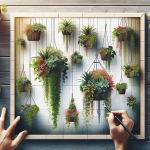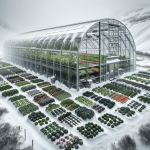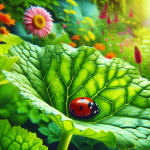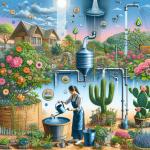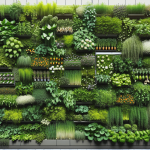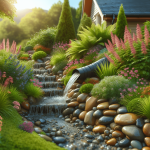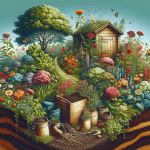This post may contain affiliate links. As an Amazon Associate, we may earn commissions from qualifying purchases.
How often have you gazed at a garden and thought about how you might transform it into a lush paradise filled with both beauty and bounty? Designing a garden with a focus on edible landscaping is not only a delightful pursuit but also an exercise in creativity and sustainability. It’s about marrying aesthetics with practicality, allowing you to enjoy a feast for the eyes and the palate. This guide will walk you through designing a garden that nourishes both your spirit and your stomach, all with a sense of friendliness and a touch of whimsy.
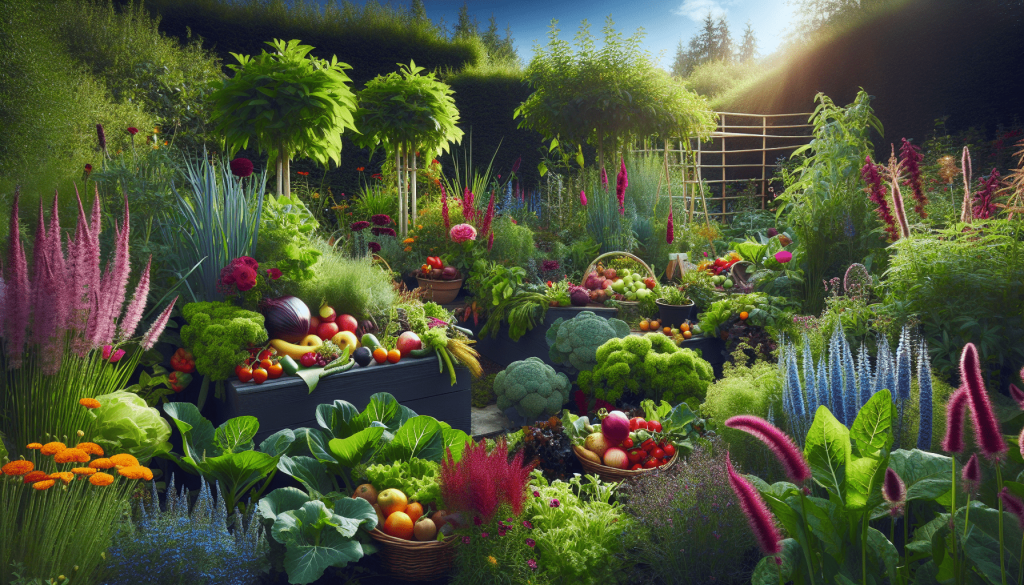
Understanding Edible Landscaping
For many, the concept of edible landscaping might seem a bit like alchemy—turning ordinary garden plots into sources of delicious produce. At its core, edible landscaping is about blending traditional ornamental plants with edible ones, creating a garden that is not only functional but also visually stunning.
Why Choose Edible Landscaping?
You might wonder why anyone would want to dig up their traditional flowerbeds for the sake of a broccoli bush. Well, edible landscaping offers several benefits beyond just fresh produce. It encourages biodiversity, reduces your grocery bills, and supports a healthier lifestyle by bringing fresh produce right outside your door. Plus, it’s incredibly satisfying to know that beautiful flora isn’t just good for photos; it’s delicious too!
Getting Started
Before you rush to your local nursery, it’s crucial to take a step back and plan. Think about what you want to achieve with your garden. Are you looking to create a lush escape, or are you more interested in maximizing yield? Understanding your goals will guide your choices in plant selection, layout, and maintenance.
Planning Your Edible Landscape
The planning stage is where your dreams start to take a tangible form. This is when you’ll map out your space and select the plants that will best suit your needs and climate.
Assessing Your Space
Take a look at your available space. Consider the sunlight it receives, the soil quality, and any existing plants or structures. Maybe there’s a stubborn old tree casting a wide shadow or a fence that might serve as a trellis. Use these to your advantage as you design your garden layout.
Identifying Your Climate and Soil
Your climate will dictate the types of plants you can grow. From luscious leafy greens to vibrant root vegetables, each plant has its preferences. Knowing your USDA Hardiness Zone and the pH and type of your soil will inform your plant choices and guide your soil amendments.
Setting Goals
Set your intentions clearly. Do you want a garden that provides for your family year-round, or are you simply indulging in a green-thumb hobby? Maybe it’s a balance of the two. Define your priorities, as this will influence the types of plants you choose and the time and effort you’re willing to invest.
Designing Your Garden
Now, let’s channel your inner artist. Designing is more about imagination than exertion—it’s about creating a harmonious blend of form, function, and food.
Choosing the Right Plants
Decide on a blend of vegetables, fruits, herbs, and edible flowers. Diversity is key here, as it not only adds interest but also ensures a balanced ecosystem. Opt for plants that are suitable to your climate and provide a continual harvest throughout the seasons.
| Plant Type | Examples |
|---|---|
| Fruits | Strawberries, blueberries |
| Vegetables | Kale, tomatoes, bell peppers |
| Herbs | Basil, mint, rosemary |
| Edible Flowers | Nasturtiums, violets, calendula |
Designing With Zones
Think about your garden in zones. Utilize vertical space with trellises for climbing plants, or raise beds for easy maintenance and soil control. Pocket gardening, or using small sections for herbs, can work wonders in tight spaces. The key is to maximize utility while maintaining aesthetic appeal.
Incorporating Companion Planting
Companion planting is like inviting the right guests to your garden party. Some plants, when grown together, boost each other’s growth or deter pests. For instance, planting marigolds next to tomatoes can repel nematodes, while basil is thought to enhance tomato flavor.
Maintaining Your Edible Landscape
Like any relationship, your garden will require a bit of care and attention. But don’t worry—it’s more like a gentle nudge than a demanding chore.
Watering and Feeding
Regular watering and feeding will keep your garden lush and productive. Be mindful of each plant’s needs; overwatering can be just as detrimental as drought. Consider installing a rain barrel or drip irrigation system for efficiency. Organic fertilizers and compost work wonders in keeping your plants nourished.
Pest Management
The least appealing part of gardening, pest management, needn’t be a battle against nature. Encourage beneficial insects like ladybugs and lacewings, which act as natural pest controllers. Use barriers like netting for larger critters and explore organic solutions for pesky bugs.
Pruning and Harvesting
Regular pruning promotes healthy growth and improves yields. And when it comes to harvesting, don’t hesitate to reap what you’ve sown. This helps the plant focus on producing more and ensures you enjoy food at its peak flavor and nutrition.
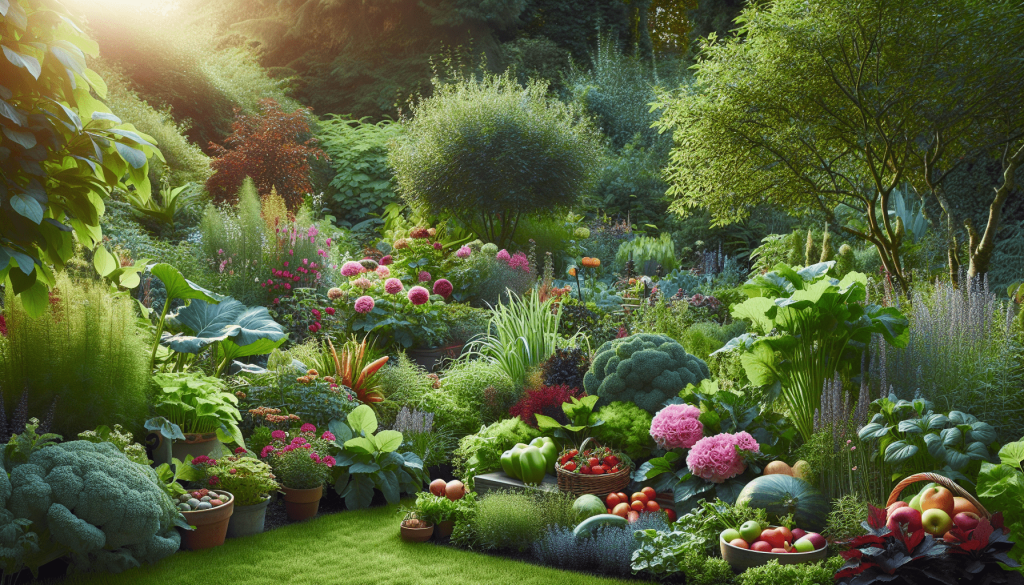
Bringing It All Together
Combining beauty with practicality, your edible landscape will be a source of joy and nourishment. Remember that even the most elaborate gardens started from a single seed of inspiration. Embrace the process, and don’t be afraid to experiment and have fun. Every garden is a work in progress, an evolving canvas upon which you can continuously refine your artistry.
So, while the path to creating an edible landscape might seem long, it’s peppered with delightful rewards. Like a persistent explorer charting new territories, your dedication will be repaid with a vibrant, productive garden that’s worth its weight in gold—or kale, in this case. As you step back to admire your creation, know that you’ve crafted a personal Eden, a luxurious escape that feeds both body and soul.

